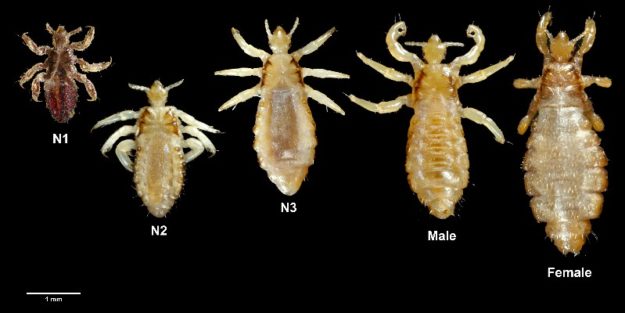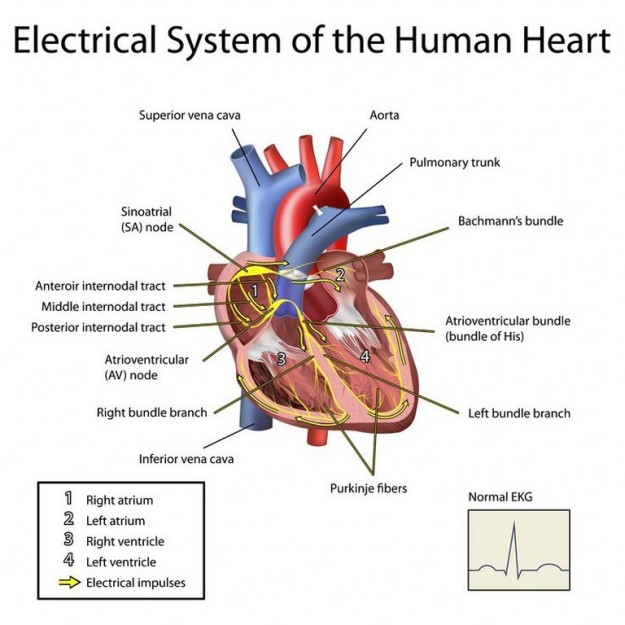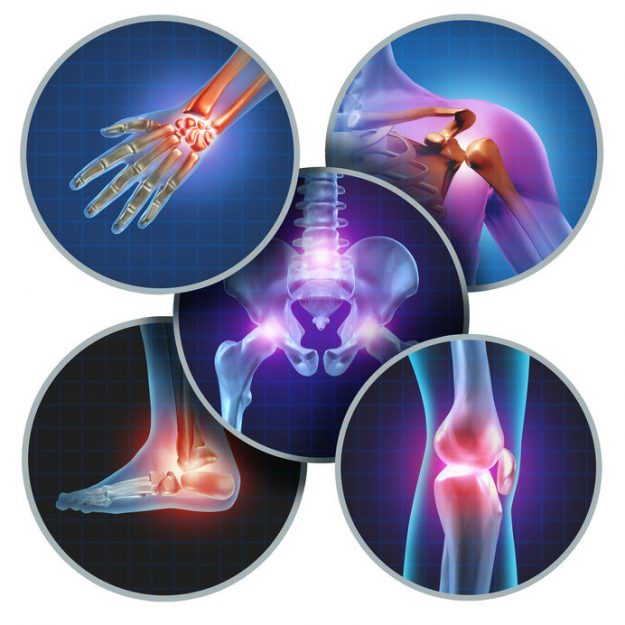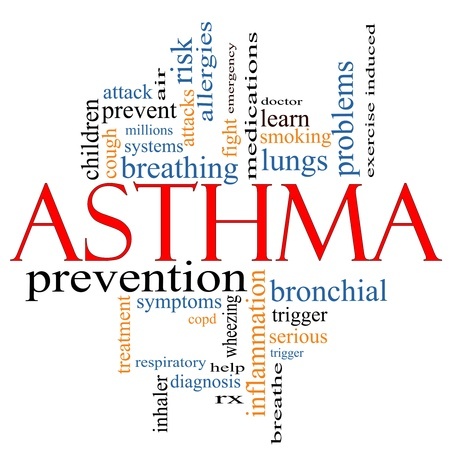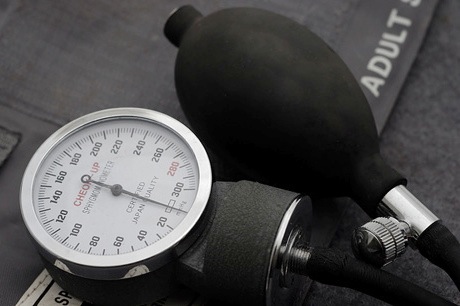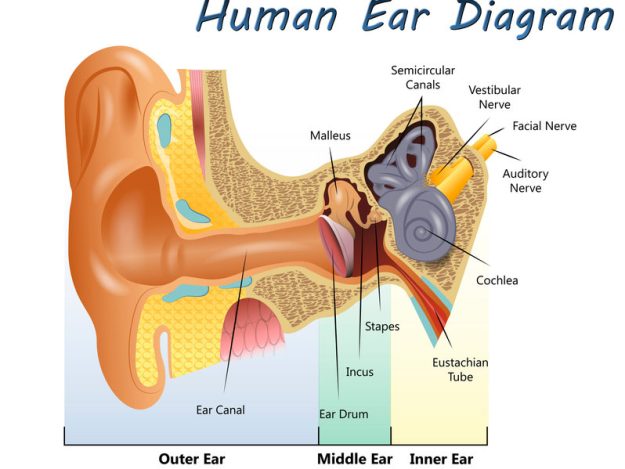A Tuberculosis Primer for the Correctional Nurse 2.0 Continuing Education Hours The Centers for Disease Control and Prevention estimate that 4-6% of all cases of tuberculosis in the United States occur in individuals who are incarcerated at the time of their diagnosis. Tuberculosis prevention and control measures in the correctional environment include early identification of…
Ectoparasites in the Correctional Environment 2.0 Continuing Education Hours Human scabies is an intensely pruritic skin infestation caused by the host-specific mite Sarcoptes scabiei var hominis. Scabies is a global public health problem, affecting persons of all ages, races, and socioeconomic groups. Worldwide, an estimated 300 million cases occur annually. Overcrowding, delayed diagnosis and treatment,…
Medication Administration for the Correctional Nurse 2.0 Continuing Education Hours Traditional medication administration processes require alteration when applied in the correctional setting to accommodate the needs of security and the dispersed nature of health care delivery. Correctional nurses must accommodate security requirements while maintaining all standard administration principles. This class describes the various ways medications may…
A Cardiac Primer for the Correctional Nurse: Arrhythmias and the ECG 3.0 Continuing Education Hours In 2015, the Department of Justice Bureau of Statistics published the latest Special Report of Medical problems of State and Federal Prisoners and Jail Inmates, 2011-2012. In it, the prevalence of heart-related problems in state and federal prisoners was 9.8%,…
Arthritis for the Correctional Nurse 2.0 Continuing Education Hours Osteoarthritis and Rheumatoid Arthritis are both debilitating diseases that affect millions of individuals in the United States. In the correctional environment, the latest statistics by the Bureau of Justice indicate that “Arthritis” is the third largest chronic diagnosis for jail detainees and is the second largest…
Asthma for the Correctional Nurse II 2.0 Continuing Education Hours As nurses in corrections, we see a large number of patients affected by asthma. Many have poor asthma control due to their inability to purchase medication, knowledge deficit about their chronic condition or general apathy about their health. Helping the patient achieve and maintain asthma…
Asthma for the Correctional Nurse I 2.0 Continuing Education Hours As nurses in corrections, we see a large number of patients affected by asthma. Many have poor asthma control due to their inability to purchase medication, knowledge deficit about their chronic condition or general apathy about their health. Helping the patient achieve and maintain asthma…
A Hypertension Primer for the Correctional Nurse 2.0 Continuing Education Hours In 2015, the Department of Justice Bureau of Statistics published the latest Special Report of Medical Problems of State and Federal Prisoners and Jail Inmates, 2011-2012. In it, the prevalence of heart-related problems in state and federal prisoners was 9.8%, whereas the prevalence of heart-related problems in…
2025 Nurse’s Week Bundle 20 Continuing Education Hours In honor of Nurse’s Week 2025, this group of 8 accredited classes, 20.0 continuing education hours, is offered which will fulfill the requirements for both the Certified Correctional Health Care Professional and the Certified Correctional Health Care Professional – Registered Nurse certifications of the National Commission on…
Ear Conditions for the Correctional Nurse 2.5 Continuing Education Hours From earplugs made of toilet paper that then get “stuck’ in the ear canal to fulminant ear infections, Correctional Nurses often evaluate complaints of the ear. Most often, the patient complains of acute ear pain. Correctional Nurses, therefore, must be competent to examine the ear…

